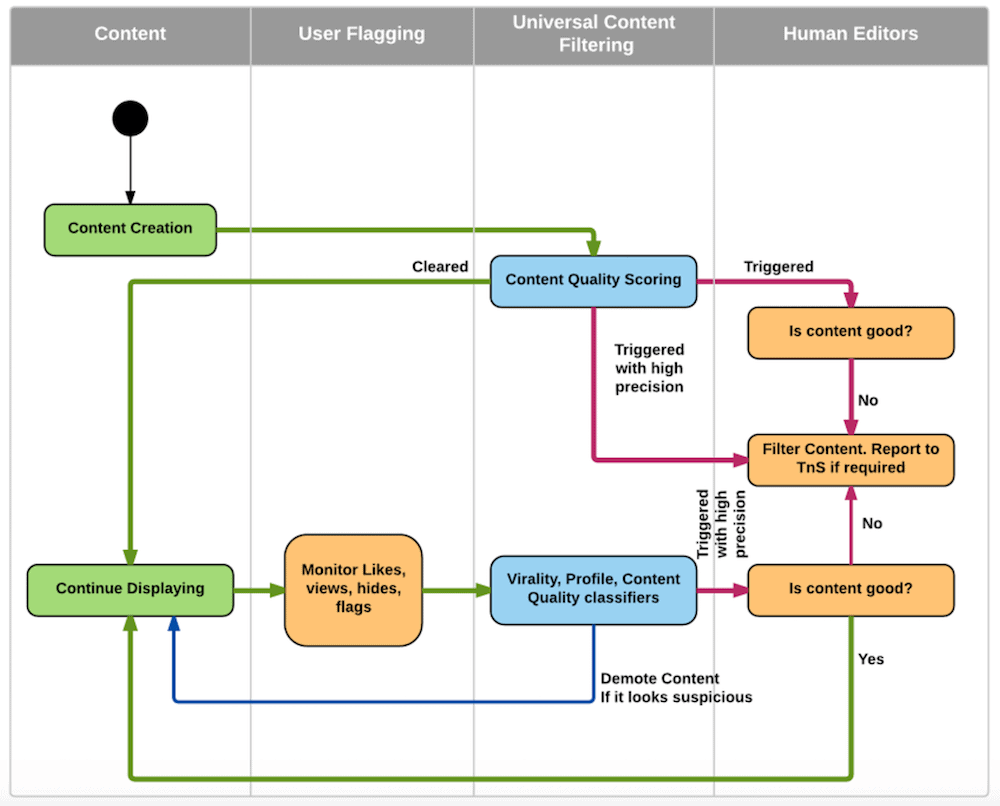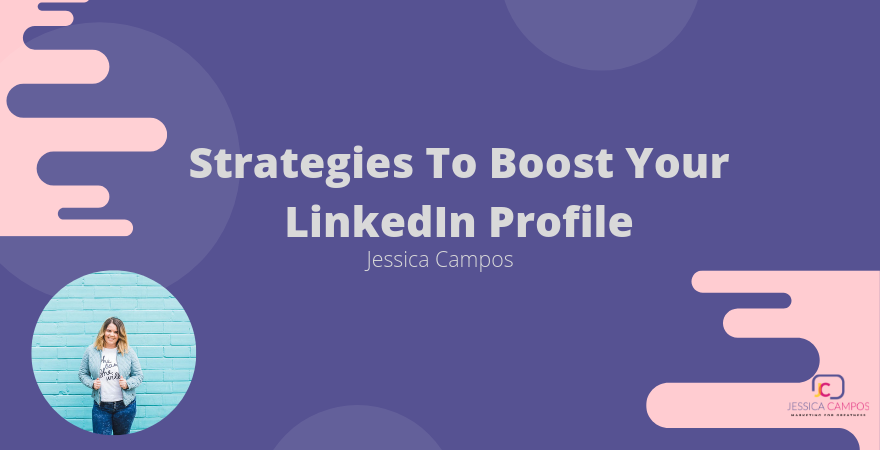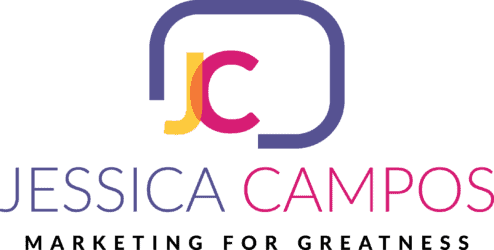Strategies To Boost Your LinkedIn Profile
If you’re wondering how to create a LinkedIn profile that helps you stand out from the crowd, you’re so at the right place. This article is packed with LinkedIn profile tips that will give you more visibility, more connections, and more opportunities to grow your revenue.
Before I get into the strategies on how to market on LinkedIn, let’s cover first why you want to be active on LinkedIn and why this social media platform will produce the best ROI is your objective is to generate leads.
Ignoring LinkedIn is like opening a restaurant and don’t tell anyone
According to LinkedIn, the site has 500 million members, 61 million senior-level influencers, and 40 million decision-makers using the website. The network does not just boast large amounts of users, but the users are influential, high-level executives that most businesses are targeting in their B2B marketing campaigns. LinkedIn, therefore, is a clear place to reach these decision-makers when trying to promote a product or service.
LinkedIn users are educated and earn high incomes. 49% of U.S. adults using LinkedIn are college graduates, and 45% of them earn over $75,000 a year, which is more per year than Twitter, Pinterest, and Instagram users (Pew Research Center).
Furthermore, according to the site itself, LinkedIn is the most-used social media platform amongst Fortune 500 companies. LinkedIn is a serious website to use for business, unlike other social networks which have a familial element to them as well.
Though a vanity metric, it’s worth noting that LinkedIn makes up more than 50% of all social traffic to B2B websites and blogs (LinkedIn study). While this statistic does not necessarily mean that the traffic is relevant traffic, LinkedIn does bring users to the company website hopefully to be nurtured in the sales funnel.
B2B Marketers not only use LinkedIn to network but also to share content. There are nine billion content impressions in the LinkedIn feed every week (LinkedIn study). About 45% of LinkedIn article readers are in upper-level positions, including managers, VPs, Directors, and C-level positions (LinkedIn study). Content published or posted on LinkedIn has a good chance of getting in front of the target audience or a decision-maker, which means it must be high-quality and well-written.
What really matters from these LinkedIn Stats?
- ✔️LinkedIn users are highly educated. Actually, almost 50% of users have a college degree.
- ✔️B2B websites get more than 50% of their traffic via LinkedIn. This is huge!
- ✔️LinkedIn users consume content (finally you will have readers!) and almost 50% of those readers are decision makers. (You should be jumping by now).
LinkedIn Won’t Work Unless You Have A great LinkedIn Profile
I am assuming you know this already and that’s why you found me. So what exactly is required to have a great LinkedIn Profile and why I say LinkedIn won’t work otherwise? Since I don’t take gurus for granted and you should not do it either, let’s cover here the mechanics behind the algorithm so you can see where does your profile stand.
You Gotta Hack The Algorithm
Recently, LinkedIn released this helpful graphic that visually explains how their algorithm works:

In addition to what’s included in this flowchart, content is ranked and displayed based on your account’s reputation, how users have engaged with your content before, and what else is being posted.
There are also a lot more unknown factors affecting your visibility in the main feed. But let’s focus on what we do know, starting with this chart.
Filter #1
The first step in the flow is pretty simple: every time you post something, the LinkedIn feed algorithm determines whether it’s spam, low quality, or good to go. Obviously, you want to be in the “good to go” category.
Filter #2
If you passed go, your content appears in the feed temporarily.
During this stage, LinkedIn’s algorithm bots look at how your audience engages with the content.
If they’re liking it, commenting on it, or sharing it, that’s a good sign you’ll make it through to the next filter.
If people mark it as spam or hide it from their feed, LinkedIn is going to take that into account—and not in a good way.
Filter #3
At this step, the LinkedIn algorithm will look beyond the content of your post to determine if it should keep showing up in users’ feeds.
They’ll look at you and your network to determine whether or not this is a spam post and whether your network will enjoy it. This is because LinkedIn wants to avoid rewarding spam accounts and content with viral visibility.
Based on this stage, LinkedIn can remove your content from the feed or display it less often.
In either scenario, it’s up to your network to engage with your post and keep it around for another review.
Filter #4
Finally, humans enter the process. At this point, editors review your post to determine whether it should keep showing, whether they might include it somewhere else like a channel, or whether they can derive any takeaways from it for future algorithm tweaks and product development.
Is your mind about to explode by now? I don’t blame you.
Let me cover a basic list of things you need to remember about the Algorithm:
- ✔️Your network matters and your content matters. That is all. All you need to do is focus on getting access to a trusted network and this can only happen by having a trusted LinkedIn presence, a.k.a. LinkedIn profile.
- ✔️Believe it or not, LinkedIn reviews the relevance of your behavior by looking at your audience’s careers. Have you noticed a pattern in the recommendations they send your way?
- ✔️A common mistake I see when I manage LinkedIn for my clients is their lack of strategic connections. They simply accept requests but never pay attention to the strategy behind their networking activities. Typically they have co-workers and people from their same industry, which will never turn into leads and real sales opportunities.
- ✔️While you can’t control everyone who follows you, you can game the system somewhat to work in your favor.
I created a LinkedIn training that covers a step by step, video tutorials, on how to get leads and sales using LinkedIn, but let’s cover here the very first transformational move: create a powerful LinkedIn profile.
Your Profile Strength Meter
The Profile Strength meter gauges how robust your profile is. The strength of your profile will increase as you add more relevant content to it. The feature recommends which profile sections you could add to in order to improve the discoverability of your profile in search results, and to increase profile search appearances. The meter is displayed on both desktop and the LinkedIn mobile app.
To view the Profile Strength meter:
- Click the Me icon at the top of your LinkedIn homepage.
- Select View profile.
- Below your top card information, move your cursor over the meter to see which steps you’ve completed.
- Click the Dropdown icon in the upper right corner of the meter to discover more information about the next profile strength completion step.
- Follow the prompts to complete any of the steps listed.
Once the meter is full and all prompts are complete, you’ll receive an All-Star profile rating.

If you’re an All-Star user, then we will focus on getting your profile optimized for views and optimized for leads. These are tactics very similar to the tactics used in Google, to get you more views and more users.
Important best practices you should follow
1) Photo. No logo. Not your team. Not your office. A photo, professional, showing you approachable and trusted. Not sure if your photo makes the cut? Try this software! Photofeeler.
2) Your specialty. What do you do? Speak directly to your potential leads. Assume they search for you. Use common and clear words.
3) Your “summary” should be creative. Please, don’t be boring here! If you make it the exact same way as your competitors are writing their summary, nobody will be compelled to read it. Use emojis and bullet points.
4) Video! This is a great way to show your authority. Especially if you’re looking for speaking engagements.
5) Contact info. Most people forget to add their contact info or they hide it.
Follow these tips and you can ensure that you have a killer LinkedIn profile that will stand out to recruiters, hiring managers, and potential customers.
If you need a killer LinkedIn Bio, our content experts can totally get that done for you. Complete the contact form and we will reach out.


